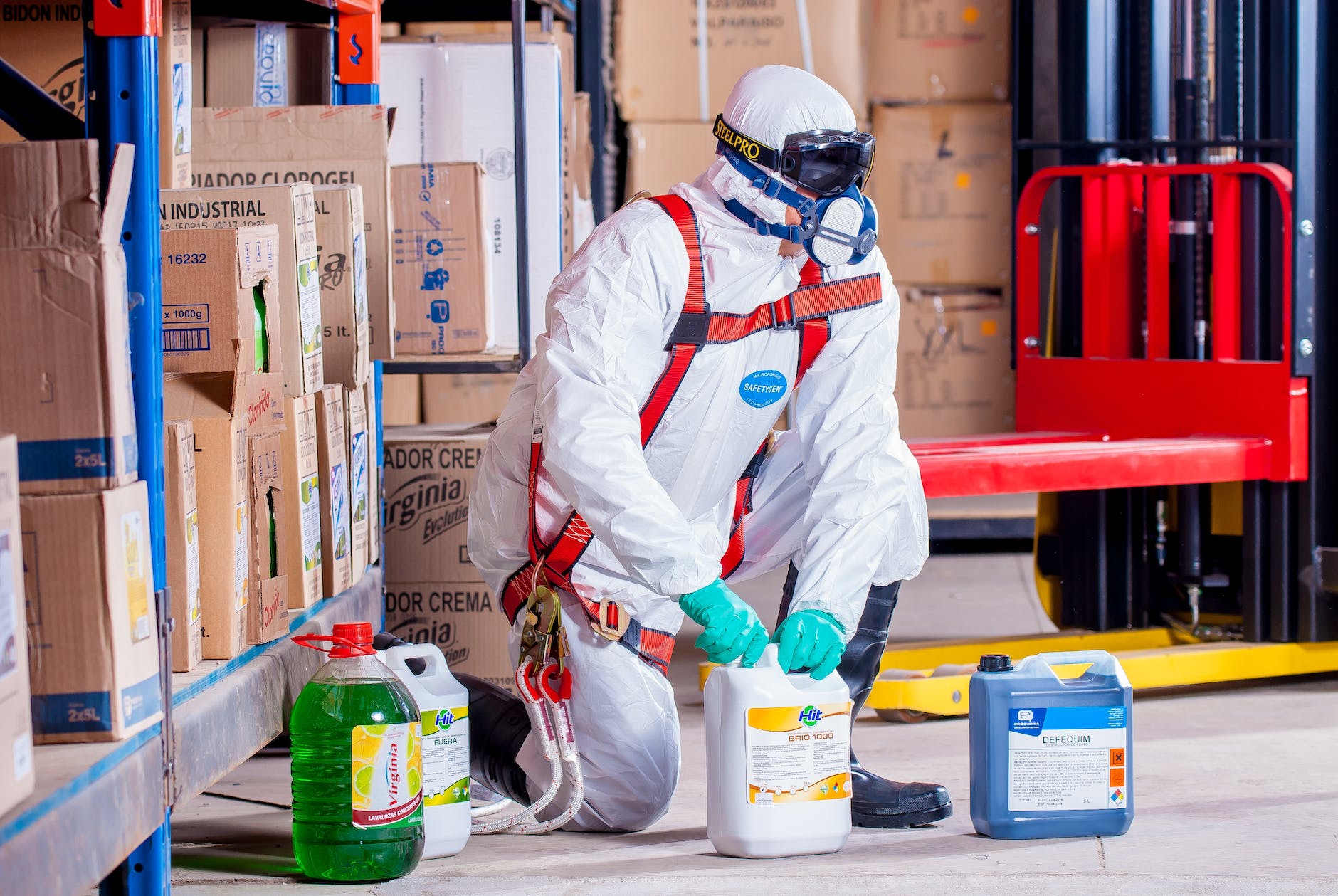
Chemical Safety 2024: Safeguarding Lives and the Environment
Chemical safety is an imperative aspect of modern-day industries and everyday life. It encompasses protocols, guidelines, and practices aimed at minimizing risks associated with handling, storing, and using various chemicals. As we step into 2024, understanding the dynamics and advancements in chemical safety is paramount for ensuring the well-being of individuals and the environment.
Introduction to Chemical Safety
Importance of Chemical Safety
Chemicals are ubiquitous in industries, laboratories, households, and agriculture, serving diverse purposes. However, their misuse or mishandling can pose severe threats to human health and the environment. Chemical safety protocols are designed to prevent accidents, exposure, and environmental harm.
Brief Overview of Chemical Hazards
Chemical hazards range from toxic substances to flammable materials, corrosive agents, and reactive compounds. Understanding these hazards and their potential risks is fundamental in ensuring safety measures are in place.
Regulations and Standards
Regulatory Bodies in Chemical Safety
Various organizations worldwide oversee chemical safety, setting regulations and standards to safeguard against hazards. These include governmental bodies like the Environmental Protection Agency (EPA), Occupational Safety and Health Administration (OSHA), and international entities such as the International Organization for Standardization (ISO).
Compliance Requirements
Adhering to established regulations is crucial for industries and businesses dealing with chemicals. Compliance ensures a standardized approach to handling chemicals, reducing the likelihood of accidents and ensuring the safety of personnel.
Risk Assessment in Chemical Handling
Identifying Potential Hazards
Conducting thorough risk assessments involves identifying and evaluating potential hazards associated with specific chemicals. This includes understanding their properties, potential reactions, and the environment in which they are used or stored.
Assessing and Managing Risks
Once hazards are identified, implementing risk management strategies becomes pivotal. This includes measures to mitigate risks, such as using substitute chemicals, implementing containment procedures, or adopting safer handling practices.
Personal Protective Equipment (PPE)
Types of PPE for Different Chemicals
Different chemicals require specific types of PPE to ensure the safety of individuals handling them. This includes gloves, masks, goggles, and specialized clothing designed to protect against specific hazards.
Proper Usage and Maintenance
It’s essential not only to provide appropriate PPE but also to educate personnel on their correct usage, maintenance, and replacement to ensure their effectiveness in safeguarding against chemical exposure.
Safe Handling Practices
Storage Guidelines for Chemicals
Proper storage of chemicals minimizes the risk of spills, reactions, and contamination. Following guidelines for segregation, labeling, and storage conditions is crucial.
Protocols for Handling and Disposal
Establishing clear protocols for handling, transferring, and disposing of chemicals reduces the likelihood of accidents and environmental pollution. This includes proper labeling, transportation, and disposal methods.
Emergency Response and Preparedness
Steps in Case of Chemical Spills or Accidents
Having a well-defined emergency response plan is critical. Immediate steps to contain spills, evacuate areas, and provide medical assistance are vital in mitigating the impact of accidents.
Creating an Emergency Plan
Developing and regularly practicing emergency response plans ensures swift and effective actions during critical situations, minimizing risks to human life and the environment.
Training and Education
Importance of Training in Chemical Safety
Regular training sessions educate personnel on chemical hazards, safe practices, emergency protocols, and the proper use of safety equipment, empowering them to make informed decisions.
Implementing Effective Educational Programs
Employers should invest in comprehensive training programs that cater to the specific needs of their workforce, promoting a culture of safety and awareness.
Technology Advancements in Chemical Safety
Innovations Enhancing Safety Measures
Technological advancements, such as real-time monitoring systems, automated safety protocols, and improved containment methods, play a significant role in enhancing chemical safety.
Role of Technology in Risk Mitigation
Integration of technology not only improves efficiency but also provides early warning systems and data-driven insights to proactively address potential risks.
Environmental Impact and Sustainability
Chemical Safety’s Influence on the Environment
Implementing proper chemical safety measures significantly reduces the environmental impact of chemical use, preventing contamination and ecological harm.
Sustainable Practices in Chemical Handling
Promoting sustainable approaches, such as green chemistry and recycling, contributes to minimizing waste and preserving natural resources.
Case Studies
Real-Life Examples of Chemical Safety Success Stories
Examining successful implementations of chemical safety measures provides valuable insights and best practices for industries and individuals.
Learning from Past Incidents
Analyzing past incidents helps in understanding failures, identifying gaps in safety protocols, and implementing preventive measures.
Future Trends and Challenges
Anticipated Advancements in Chemical Safety
Continuous research and innovation are expected to lead to more sophisticated safety measures, further minimizing risks associated with chemical handling.
Potential Challenges and How to Address Them
Challenges like emerging chemical threats and adapting to evolving technologies require proactive strategies and collaborative efforts among stakeholders.
Conclusion
As technology evolves and industries progress, prioritizing chemical safety remains non-negotiable. With a concerted effort to implement robust protocols, educate stakeholders, and embrace technological advancements, the future holds promise for safer chemical handling practices, ensuring the well-being of both individuals and the environment.
Safety Data Sheets for Chemicals
What Is the Purpose of a Safety Data Sheet?
Who is Responsible for Providing Safety Data Sheets?
Unique FAQs on Chemical Safety 2024
- Why is chemical safety crucial in 2024? Chemical safety is critical in 2024 due to the increasing use of chemicals across industries and the need to minimize risks to human health and the environment.
- What role does technology play in enhancing chemical safety? Technology contributes by providing real-time monitoring, predictive analytics, and automated safety protocols, improving response times and risk management.
- How can businesses ensure compliance with chemical safety regulations? Businesses can ensure compliance by staying updated on regulations, conducting regular audits, providing comprehensive training, and investing in appropriate safety measures.
- What are the key elements of an effective emergency response plan for chemical incidents? An effective emergency response plan includes clear communication protocols, designated response teams, evacuation procedures, and access to emergency resources.
- How can individuals contribute to chemical safety in their daily lives? Individuals can contribute by educating themselves on safe handling practices, using chemicals responsibly, and disposing of them properly to prevent environmental harm.
























